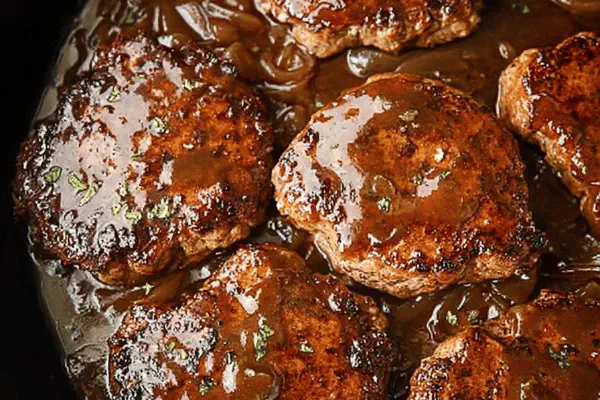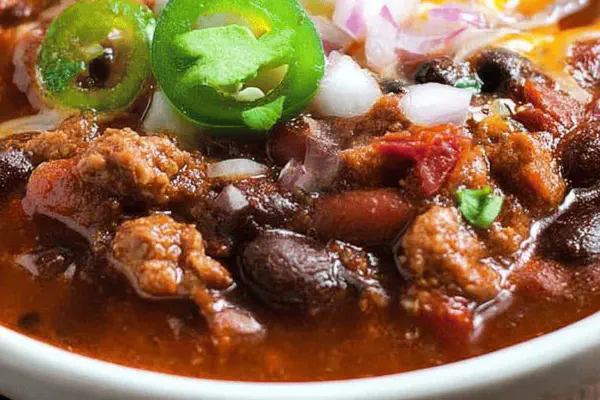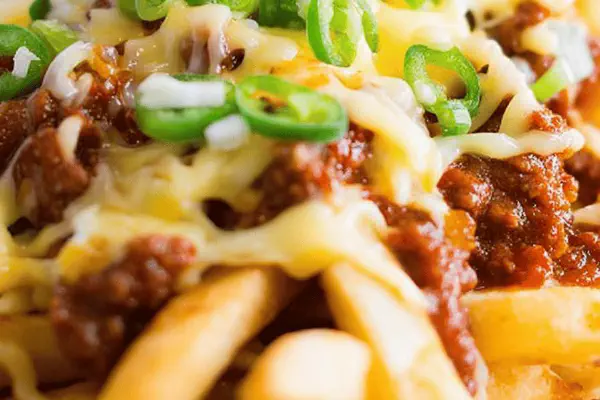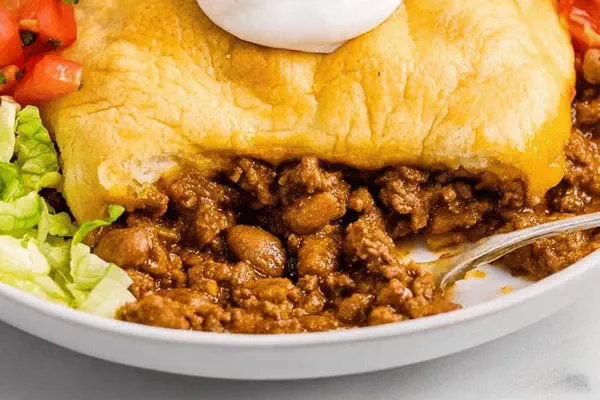Rustic Stuffed Cabbage Rolls
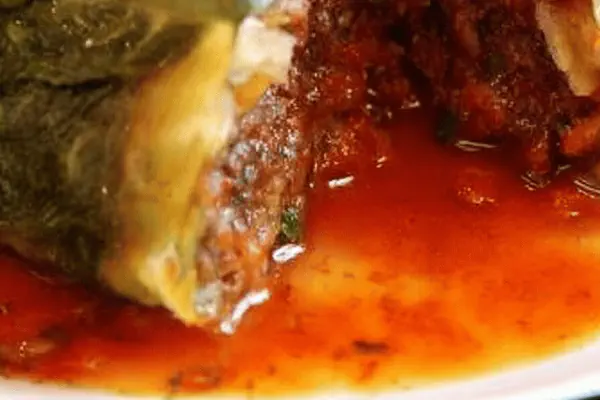
By Emma
Certified Culinary Professional
Ingredients
- 7 or 8 large cabbage leaves
- 1 pound ground beef
- 1 small onion, finely chopped
- 1 teaspoon salt
- 1/2 teaspoon black pepper
- 1/2 teaspoon fresh minced garlic (or 1/4 teaspoon garlic powder)
- 1 large egg, beaten
- 3/4 to 1 cup canned tomato juice or V8 juice
- Salt for blanching water
About the ingredients
Method
Leaf Prep
- Strip and rinse 7 to 8 large cabbage leaves. Thick stems? Trim carefully to aid rolling. Blanch leaves in well-salted boiling water. 5-8 minutes usually, watch for pliability, not mush. Leaves should bend without snapping or tearing. Drain and set on kitchen towel or plate to cool and dry.
Filling Mix
- Grind onion finely or chop very small to avoid big chunks interrupting texture. Mix ground beef with onion, salt, pepper, fresh minced garlic (if using fresh, skip powder), and beaten egg for binding. Use your hands, mix thoroughly but don't overwork or meat gets dense.
Rolling Technique
- Form the meat into large oval balls—about 2 to 3 oz each. Place one ball at bottom base of cabbage leaf near thicker stem. Fold sides inward tightly and roll upwards, sealing meat inside. Tucking edges prevents escaping meat juices. Repeat until all filling used; keep rolls uniform size to cook evenly.
Cooking
- Arrange rolls seam side down in heavy pan or deep skillet with lid. Pour enough tomato or V8 juice to cover rolls 3/4 of way, not drowning them. Simmer over low-medium heat, covered. Listen for soft bubbling – don’t let it boil aggressively or leaves turn to mush. 45-55 minutes typical but check softness by poking leaf and meat color (no pink). Rolled leaves should feel fork-tender but still hold shape.
Serving Notes
- Drain excess liquid or spoon it over rolls. Rolls develop rich tomato aroma mingled with caramelized beef scent. Serve hot. Pass extra pepper or chili flakes for heat lovers.
Cooking tips
Chef's notes
- 💡 Blanch cabbage leaves in well-salted water until just pliable; test by bending gently. Too long and leaves lose shape, too short and they tear. Salt in water penetrates leaves subtly, avoid skipping. After blanching, dry leaves on a kitchen towel to avoid soggy rolls when cooking. Thick stems can ruin the fold—trim carefully using a sharp knife; tough veins might need shaving or crushing before blanching to soften.
- 💡 Mix filling by hand, but don’t overwork meat or texture turns dense. Finely chopped onion lends moisture, avoid large chunks that break roll structure. Fresh minced garlic punches flavor harder than powder but can overpower—adjust amount accordingly. Use beaten egg for binding; if skipped, compensate with soaked breadcrumbs in milk to hold meat together during simmering without crumbling inside rolls.
- 💡 Form meatballs uniformly sized about 2-3 ounces. Place near the thicker end of leaf, fold tightly like an envelope; tuck edges firmly to avoid filling escaping. Damp hands prevent sticky mix from clinging while rolling. Large rolls hold juiciness better but watch for splits during simmer; smaller rolls cook faster but dry out if left too long. Consistency across rolls means even cooking and balanced texture across the batch.
- 💡 Simmer rolls seam-side down in tomato juice or V8 just covering about three-quarters height; do not drown them or leaves turn mushy. Start with medium-low heat; listen carefully for soft bubbling. If it boils hard, leaves fall apart, broth turns cloudy, texture sours. Timing flexible — poke leaves near edges with fork; meat should be fully cooked, no pink, juicy still. Let rest off heat to firm shape; juices redistribute making slices neater.
- 💡 Serving straight from pan works best to keep rolls hot, juicy. Spoon broth over for moisture and aroma but drain excess if too watery to avoid soggy bites. Offer chili flakes or black pepper on side for variation in heat. Tomato juice acidity cuts through richness; can swap with diluted canned crushed tomatoes if thicker flavor profile preferred. Fresh garlic in filling adds sharpness that lingers, balancing savory beef and sweet cabbage.
Common questions
How long to blanch cabbage leaves?
Depends on leaf thickness, usually 5 to 8 minutes. Test flexibility by gentle bend—no cracks. Salted water helps seasoning; too long, leaves get mushy. Trim thick portions first for better softness. Watch closely.
Substitute for ground beef?
Ground pork or mix works well for richer flavor. Turkey or chicken less fatty but risk dryness, so add moisture like grated onion or soaked breadcrumbs. Adjust cooking time slightly if leaner meat used. Fresh garlic still recommended for aroma.
What if rolls fall apart while cooking?
Likely rolling too loose or no binder. Use beaten egg or soaked breadcrumbs in meat mix. Tuck edges tight and keep rolls uniform size. Simmer gently, avoid rolling boil. Larger meatballs hold shape better than small crumbly ones.
Can I store leftovers?
Refrigerate in airtight container up to 3 days. Reheat gently in pan with broth or covered in microwave to avoid drying. Freezer okay if wrapped tightly; thaw overnight in fridge. Broth might separate a bit but stirs back fine. Don’t overcook reheated rolls.
